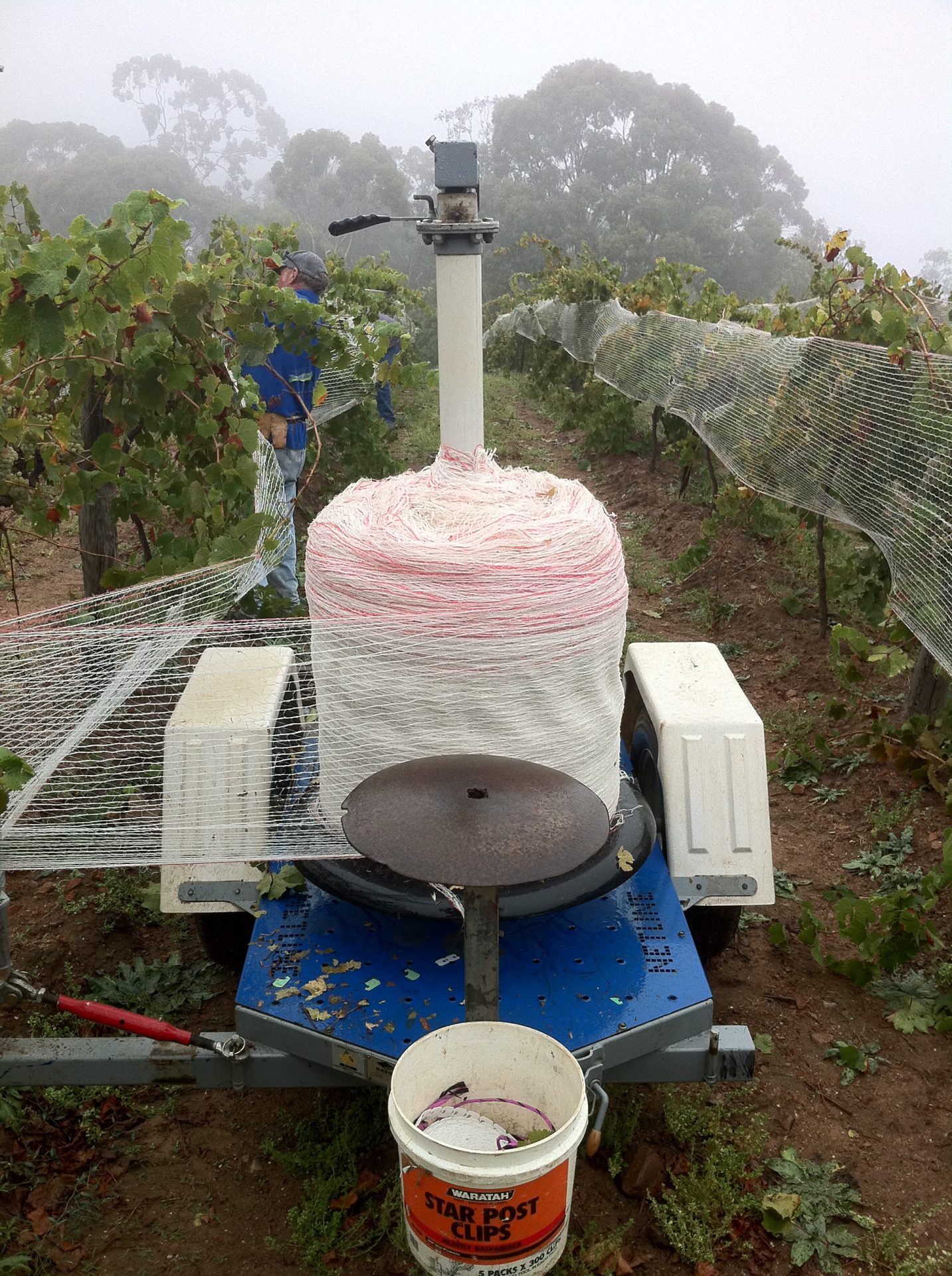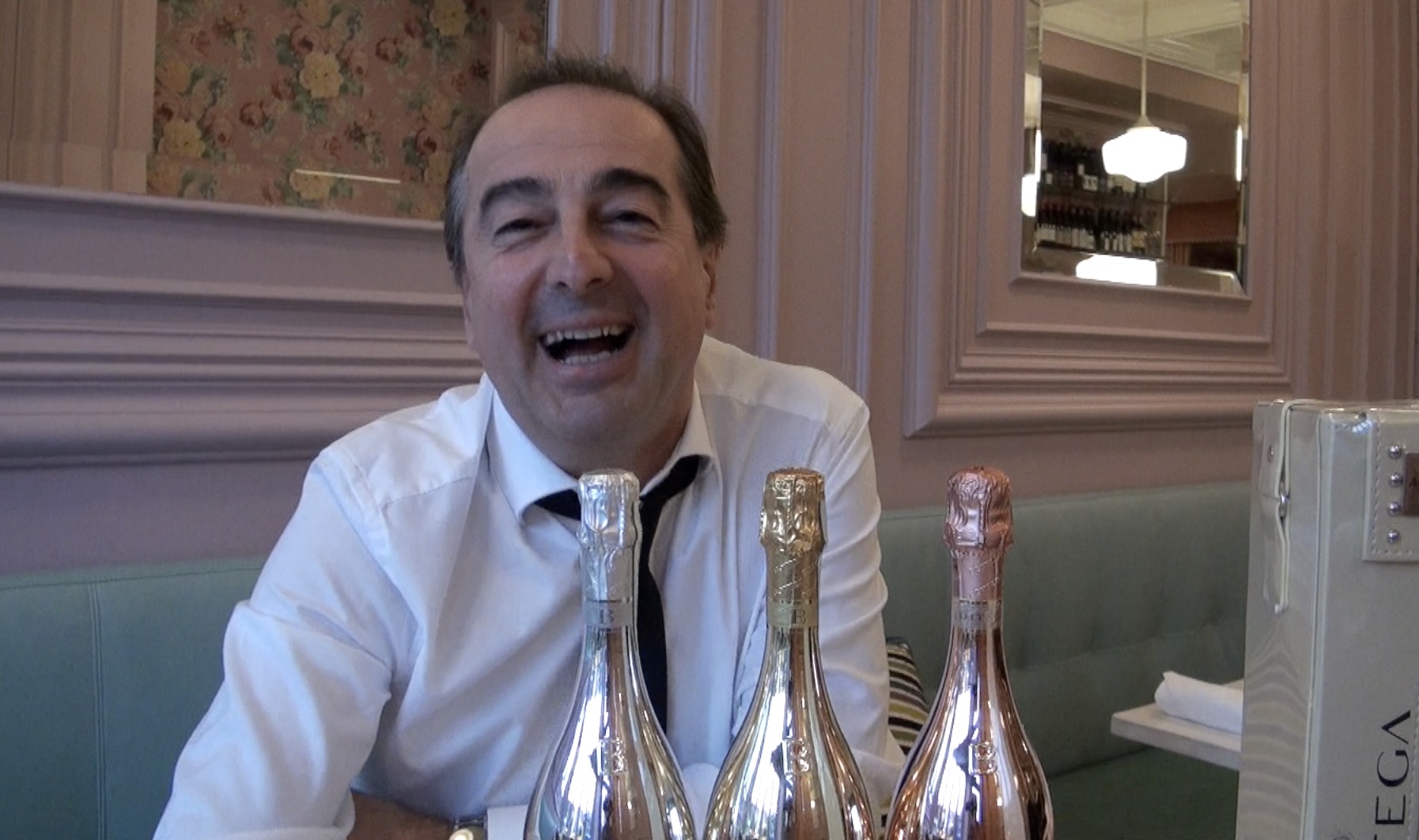by Anne Martin

Contrary to popular belief, red wines and cheeses are not generally a match made in heaven. If you consider the fruits that go well with cheeses like apples, pears and grapes; these flavours are found in white wines. Unoaked whites are lively (higher in acidity), fresh and crisp which helps to balance the creamy, full-bodied texture of many cheeses. The tannins in red wine, by contrast, can wreck havoc with the saltiness in the cheese making both the wine and the cheese taste astringent/bitter. The traditional “mixed” cheese board can be a wine-pairing nightmare if everyone in the crowd is on to the reds when it comes out. It can work; you must simply choose your cheeses and their accompaniments with care. Some tips to keep in mind:
- Serve hard cheeses rather than soft or semi-soft.
- Include other elements on the plate that will help with the pairing.
- Serve rustic breads with personality like walnut, sourdough or 7-grain.
- Add some dried fruit like figs and dates. Marinated black olives are good too.
- Some reds that work well with cheese are: Tempranillo (older and younger Riojas), medium-bodied Grenache-based wines like Côte du Rhône or Spanish Garnacha, slightly “porty” reds from the Douro Valley in Portugal, Zinfandel or Negroamara from Southern Italy, Amarone
- Avoid young tannic reds
At a recent tasting done with Nancy Peppler, of Nancy’s Cheese, I took on a bold line-up of hard cheeses and paired them with some red wines and a sparkling cider (just for a bit of fun and refreshment).
Here’s the line-up:
- Crémant St.-Nicolas Sparkling Cider, Quebec $10.50 (61671): This was the aperitif and palate calibrator. At a mere 2.8% alcohol, it provided a lively, fresh apple start (a blend of Cortland and McIntosh) and was lovely with the Tête-du-Moine (cow’s milk) from Switzerland. This cider is also perfect for the designated driver or lunchtime quaffing.
- Marques de Cáceres Crianza 2005, Rioja, Spain $16.95 (69294): Crianza Rioja is one of my favourite stand-bys for cheese tastings. This wine, made in a more modern style with input from famed and prolific flying winemaker Michel Rolland, was a good pairing with the Zamorano (sheep’s milk from Spain) because it had the high acidity and the subtle, clean fruit that this cheese needs. It also went well with the fruity Piave (cow’s milk from Italy): it’s quite like a young Parmigiano-Reggiano. The Marques was chosen to go with a gorgeous cave-aged Gruyere from Emmi in Switzerland, but its sweet, nutty flavours and creamy texture was excellent with the cider. (An important part of leading a tasting is admitting your selection is wrong and finding a better alternative).
-
- Deen De Bortoli Vat 10 Pinot Noir 2008, South Eastern Australia $15.95 (61622): The meaty, almost ham-like, nature of the Blackburn cheese (cow’s milk from Quebec) called for a red with some ripe sweetness and warm fruit. A Pinot Noir from a hot climate sprang to mind, and this Aussie really fit the bill. The crowd loved it, and, in fact, it proved to be a good all-rounder. (Serve slightly chilled.)
- Jackson-Triggs Delaine Vineyard Cabernet /Merlot 2007, Niagara Peninsula, Ontario $19.95 (989269): Cheddar and red Bordeaux are a classic pairing, so why not a New World Bordeaux blend and the Iles-Aux-Grues 5-Year-Old Cheddar from Quebec? In fact, this match surpassed my expectations as the cheese brought out a certain creaminess in the wine, and the ripe 2007 (a great Ontario vintage for reds) fruit was able to support the sharpness of the Cheddar. Yummy.
- Cantino Parroco Nebbiolo Langhe 2007, Piedmont, Italy $16.20 (117192): If you can’t afford Barbaresco or Barolo these days, don’t despair. This little Nebbiolo proved capable of taking on the boldest of the night’s cheeses — the Black Truffle Moliterno (sheep’s milk from Sardinia). When it is semi-aged, the truffles are added, giving it super-truffle flavours with a rustic tone. The Nebbiolo really played on the cheese’s earthy character.
- Quinta do Infanta Red 2007, Douro Valley, Portugal $23.95 (95158): A great wine made by a small port house in the traditional manner of the region — in lagares and by partial foot treading — it has won several international wine awards recently. It’s rich and well-structured, making it a great match for the Borso del Grappa Pincion Riserva (cow’s milk from Italy) and the Sao Jorge from Portugal. This is a wine that’s drinking nicely now and will improve tremendously with 3–5 years age. Lots of wine for the money.
 Anne Martin is a Toronto-based sommelier, writer and wine consultant. Learn more about Anne, including her cellar and tasting services at www.annemartinwine.com.
Anne Martin is a Toronto-based sommelier, writer and wine consultant. Learn more about Anne, including her cellar and tasting services at www.annemartinwine.com.







This sounds really nice for my next girlfriends’ evening without kids and husbands! Thanks.
Anne Martin is hot!!!